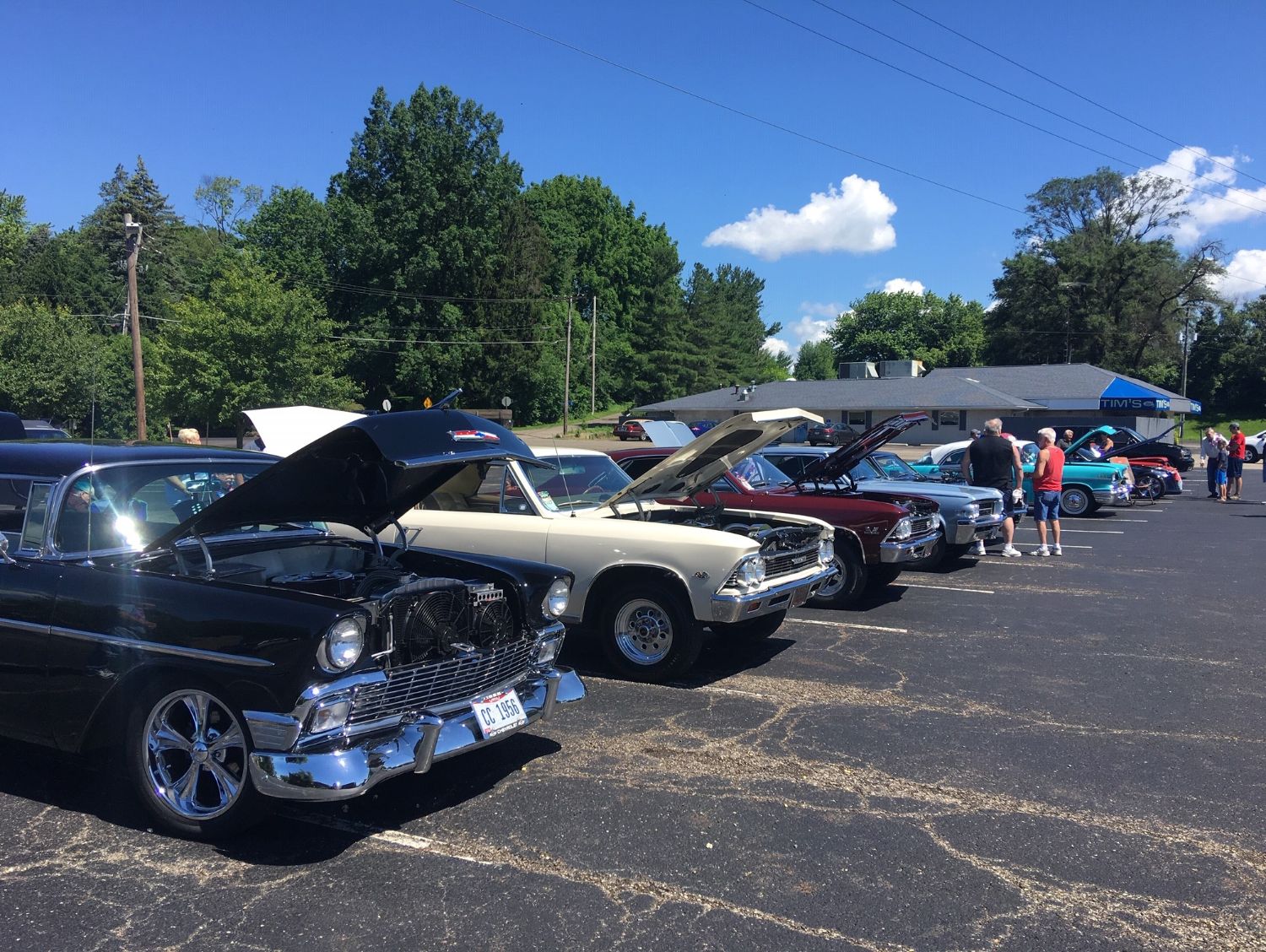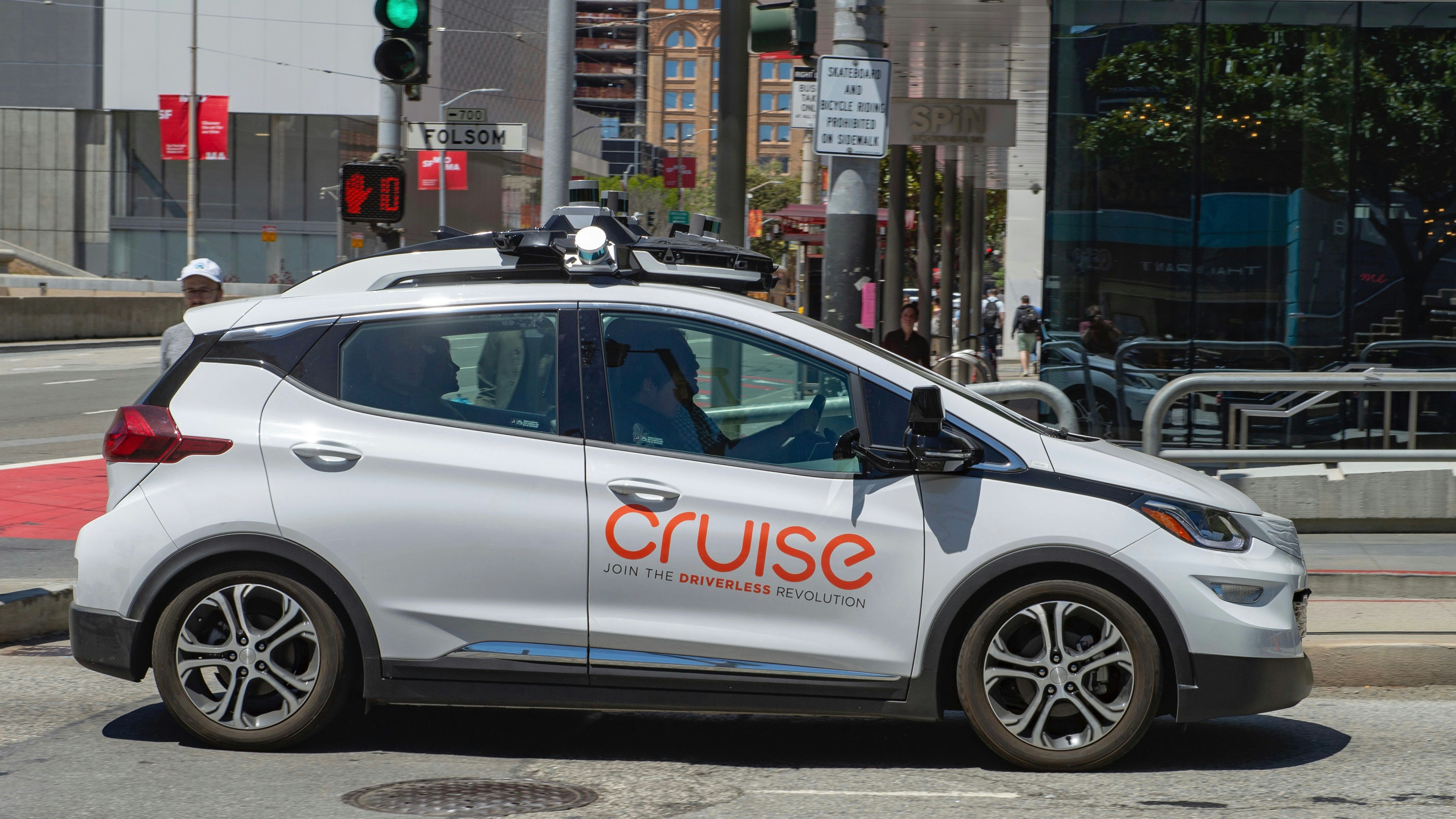Table Of Content

The company also consulted with its advisory council on accessibility, which includes dozens of advocates. We’re reintroducing a small fleet of manually-operated vehicles to begin mapping with trained safety drivers behind the wheel. We believe AVs will save lives and significantly reduce the number and severity of accidents on America’s and Arizona’s roads every year. AVs will also improve lives - including creating convenient and safe transportation options for the elderly and those with disabilities. As we begin this journey, we look forward to partnering with local communities to jointly achieve our shared mission of making transportation safer for all. Our goal is to earn trust and build partnerships with the communities such that, ultimately, we resume fully driverless operations in collaboration with a city.
Disengagement and remote assistance
Cruise says it built the Origin, its first purpose-built AV, with modularity in mind. From the low floor and high roof to the double-wide doors and removable seats, Cruise views the Origin as a blank canvas that it can modify with customer feedback. The vehicle is a version of Cruise’s fully driverless, shuttle-sized Origin vehicles, which lack traditional controls like steering wheel and pedals. It has been modified to include a retractable ramp, as well as added space inside and floor clamps for wheelchair users. The vehicle is the product of three years of development and testing between Cruise, GM, and its partners in accessible vehicle design at BraunAbility and Q’Straint.
TFW your Uber driver is an empty seat.
In January, for example, Cruise offered to pay $75,000 to state regulators to resolve an investigation, as the Detroit Free Press reported. In March, she said the company was "confident" that Cruise would launch and commercialize operations "sooner than many people think." Notably, Cruise is calling its approach “multi-generational,” meaning it intends to update the design based on feedback from users.
Rider Review

Traditional transportation services are notoriously inaccessible and often refuse service to people with disabilities. Cruise was approved to test fully driverless cars (also called Level 4 in industry parlance) in California on October 15th. According to the DMV, Cruise can only test five driverless vehicles “on specified streets within San Francisco.” The vehicles are not allowed to exceed 30 mph, and can’t operate during heavy fog or heavy rain.
Power Auto Summit in Las Vegas, ahead of the National Auto Dealers Association convention, to a crowd of mostly car dealers. Power, Reuss said it will likely take Cruise four to five years to earn back the trust of the public. General Motors will “substantially lower spending” on autonomous vehicle efforts in 2024 after accidents with its self-driving taxis in San Francisco. He then laid out the technology for the “Road to Sim,” which transforms into editable simulation scenarios real events that have been collected by AVs on the road. This ensures that the AV doesn’t regress by testing against scenarios it has already seen. On Oct. 2, a car hit a woman in a San Francisco intersection and flung her into the path of one of Cruise’s driverless taxis.
More from this stream Self-driving cars: Google and others map the road to automated vehicles

The company had been planning to roll out a ride service in San Francisco and three other cities and begin testing Cruise vehicles on the streets of several other markets. It now plans to focus on only one city as it works to improve the operation of its fleet of driverless vehicles it has been testing. Next, we’ll validate our AV’s end-to-end performance against our rigorous safety and AV performance requirements through supervised autonomous driving on public roads, in addition to the ongoing simulation and closed course driving we do. During this phase, the Cruise vehicles will drive themselves and a safety driver is present behind the wheel to monitor and take over if needed. During our operational pause over the last few months, Cruise maintained ongoing and extensive testing in complex, dynamic simulated environments and on closed courses, enabling continuous retraining and improvement. Now, we are building on that work to create high-quality semantic maps and gather road information to ensure future operations meet elevated safety and performance targets.
Technology
The reveal of the newly accessible robotaxi is a major step toward fulfilling the dream of people with vision, hearing, and mobility impairments, who have long held out hope that autonomous vehicles represent a new way of getting around. In a video released by the company, a Cruise employee is seen in the passenger seat while the car drives itself through the darkened streets of San Francisco. Cruise’s vehicles all have an emergency switch in the center channel near the gear shift in case something goes wrong, and they are also monitored remotely by Cruise employees. Asked whether remote operators are able to take control of the vehicle when needed, Ammann declined to answer.
“Designing a self-driving vehicle that accommodates as many wheelchair users as possible is a distinct technical challenge that has never been done before,” the company added. Indeed, advocates from the disability community have voiced their support for AV development at many crucial moments, most recently testifying in favor of Cruise and Waymo’s application to the state of California for expanded robotaxi service. Cruise's path to autonomous driving creates opportunities for increased mobility and independence. But Reuss said Thursday GM remains committed to developing Cruise's technology and fixing the company. Department of Justice and the Securities and Exchange Commission opened investigations into Cruise following the October incident in California. For specific scenarios that Cruise hasn’t been able to collect in real-world road conditions, there’s Morpheus.
The first step is identifying high fidelity location data for road features and map information like speed limits, stop signs, traffic lights, lane paint, right turn only lanes and more. Having current and accurate information will help an autonomous vehicle understand where it is and the location of certain road features. We also measure our perception and prediction systems against our elevated performance criteria, using trained safety drivers as a benchmark.
Cruise is relying on simulations not only to prove out its safety case, but also to scale to new cities without having to perform millions of miles of tests in them first. Cruise has a strong history in Phoenix and it is home to a large number of Cruise employees. It’s a city that supports AV and transportation innovation, and Phoenix leaders strive to ensure the metro area is an incubator for advanced technology. We plan to expand this effort to other select cities as we continue to engage with officials and community leaders. Learn how our data visualization tool shaped the future of autonomous driving. Learn the basics of how a Cruise car navigates city streets safely and efficiently.
Autonomous vehicles need regulations, senators tell NHTSA - Land Line Media
Autonomous vehicles need regulations, senators tell NHTSA.
Posted: Mon, 22 Apr 2024 18:38:24 GMT [source]
Pending regulatory approval, as well as user feedback, the accessible Origin could hit the streets for pilot testing as soon as 2024. The Origin needs an exemption from safety rules from the National Highway Traffic Safety Administration so the company can produce more of them. Cruise CEO Kyle Vogt recently said that the federal government was expected to make a decision on the Origin very soon. But there have also been frustrating delays, as companies have prioritized non-wheelchair accessible vehicles (WAV) in their various tests and deployments across the country. A number of companies, including Volkswagen, Waymo, and others, have been working on new designs they say are intended to benefit disabled passengers — but few have shown off an actual product until now.
Over the past several weeks we have communicated directly with officials, first responders, and community leaders in cities we’ve previously operated in to share updates on our path forward. We are committed to safely deploying our technology in close collaboration with officials and communities at every step. The Origin is the company's first vehicle specifically designed to operate without a driver on board. The time frame given for the vehicle is the most detailed yet and also hints at when the commercial operation of Cruise's current autonomous vehicle test fleet is expected to start.
No comments:
Post a Comment